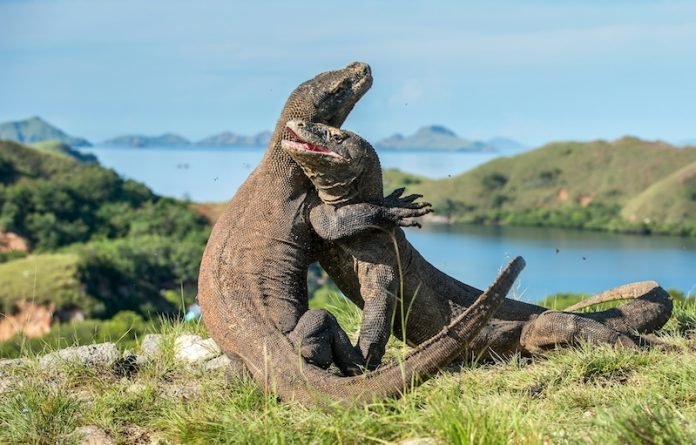
A new study may have cracked the code behind a long-standing mystery in the natural world: why some species, like Alaskan horses, cryptodiran turtles, and island lizards, have become smaller over time.
This groundbreaking research proposes that the size of animals is influenced by two critical ecological factors: the intensity of competition for resources among species and the risk of extinction from environmental changes.
Published in Communications Biology, the study led by Dr. Shovonlal Roy, an ecosystem modeller from the University of Reading, used computer models to simulate the evolutionary process.
This approach has shed light on the reasons behind the varying size trends observed in the fossil records of different species.
According to Dr. Roy, just as humans adapt to varying weather conditions, animals too adjust their sizes over extended periods, depending on their habitat or environment.
In scenarios where competition for food and shelter is fierce, animals tend to become smaller. This adaptation allows species to spread out and adjust to the availability of resources and the presence of competitors.
An example is the small horses in Alaska during the Ice Age, which rapidly shrank in response to climatic and vegetation changes.
Conversely, in environments with less direct competition, animals tend to grow larger. However, this increased size can also make them more vulnerable to extinction.
This phenomenon was observed in the dinosaurs, who, despite their massive size, eventually died out.
This research challenges the long-standing Cope’s rule, named after 19th-century paleontologist Edward Cope. Cope’s rule suggests a general tendency for animal groups to evolve larger body sizes over time.
While this pattern holds true in some cases, like the evolution of the modern horse from its small, dog-sized ancestors, fossil records have shown conflicting trends, with some species growing larger and others smaller.
The computer models used in the study revealed three distinct patterns of body-size change under varying conditions:
Gradual Size Increase Over Time: This occurs when competition between species is primarily based on body size, as seen in several genera of marine animals, which gradually increased in size over millions of years.
Size Increase Followed by Extinctions: In this pattern, the largest animals repeatedly go extinct, allowing other species to evolve into larger forms.
This cycle is often seen in large-bodied apex predators and very large mammals and birds, such as dinosaurs and giant flying reptiles.
Gradual Size Decrease Over Time: Contrary to Cope’s rule, species can shrink over time, especially when competition is intense and there’s overlap in habitat and resource use.
As species evolve into distinct niches, they face evolutionary pressure to reduce in size. This decline has been observed in vertebrates, bony fish, cryptodiran turtles, Alaskan Pleistocene horses, and island lizards.
In summary, the study offers a nuanced understanding of animal size evolution, highlighting how ecological factors play a pivotal role in shaping the physical attributes of species over time.
This new perspective helps explain the diverse patterns of size evolution seen in the fossil record, providing a clearer picture of the complex dynamics of the natural world.
The research findings can be found in Communications Biology.
Copyright © 2024 Knowridge Science Report. All rights reserved.



